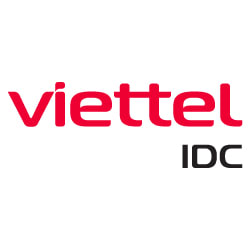Dive Brief:
-
Since 2014, Washington state has worked to implement the Technology Business Management (TBM) framework, giving the CIO more insight into how state agencies spend money on IT, according to a recent case study. Washington's efforts mark the largest implementation of TBM in the public sector to date.
-
Previously, a lack of credible data made it difficult to understand what investments were made, or where and how resources could best be spent. To improve transparency into IT spending, the state used TBM to help collaborate across lines of business.
-
Using TBM, the state realized a number of benefits, including greater transparency into IT expenditures, reduced reporting burden, more legislative confidence in the data and an increase in data driven decision-making focused on modernization, according to the case study.
Dive Insight:
Organizations across sectors are rethinking how IT operates and running IT like a business rather than just a department drawing on resources.
TBM can help organizations’ IT staff better manage business infrastructure technology and track costs. Without understanding the cost structure in an IT department, CFOs can struggle with accepting IT costs.
But if the CIO gains more transparency on how costs operate within the IT unit, it can help stop departments from spending unnecessarily and create more transparency around where dollars are going.
For Washington state, using TBM strategically ultimately meant the state could spend taxpayer dollars more efficiently. It’s a strategy many other types of organizations are investigating in as well. Late last year, TBM software maker Apptio went public, illustrating its belief in the growth potential of the TBM market.













